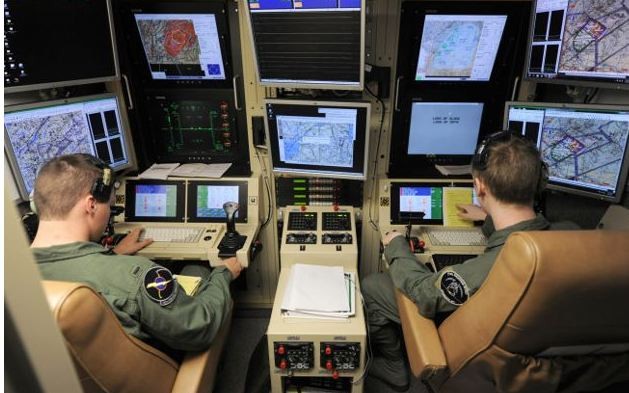The U.S. Air Force has taken to recruiting civilian contractors to fly some of its remotely piloted aircraft (RPAs) or aerial drones used for reconnaissance but not for combat.
The Air Force took this unusual but highly controversial decision to immediately alleviate a steadily growing shortage of experienced drone pilots as the tempo of U.S. aerial drone operations in Iraq, Syria and Libya continues unabated and might even increase.
The contractors, whose companies weren't revealed, will fly likely fly the General Atomics MQ-1 Predator unmanned aerial vehicle (UAV) used primarily by the Air Force and the Central Intelligence Agency for intelligence gathering. These UAVs are today rarely used to attack enemy personnel, equipment or installations using Hellfire missiles or smart bombs.
The hunter-killer job is left to the newer and larger General Atomics MQ-9 Reaper developed primarily for the Air Force. The MQ-9 is the first hunter-killer UAV designed for long-endurance, high-altitude surveillance. Only Air Force teams control the Reaper.
Predators and Reapers armed with Hellfire missiles have flown a third of the Air Force's sorties against Islamic State militants since the start of Operation Inherent Resolve in June 2014, providing intelligence, reconnaissance and surveillance. RPAs have attacked ISIS targets on 17 percent of those sorties, said the Air Force.
Air Force sources said the contractor pilots will "have oversight from both a government flight representative and a government ground representative."
The reason to turning to contractors is a lingering inability of the Air Force to meet the demands made on it by the war on terror. It's long been known Air Force drone pilots suffer a high rate of burnout since they work 12 to 13 hour days.
Added to this are the high demands on their health made by sitting on a chair for up to half a day while staring at a bank of monitors all the while being psychologically assaulted by the demand of their job that also includes killing people.
Drone pilots also suffer from PTSD (post-traumatic stress disorder) at rates to similar ground troops that have seen combat.
"Demand for our services is way, way up. But we are meeting those demands today with the smallest Air Force in our history," said Secretary of the Air Force Deborah Lee James.
The Air Force recently agreed to increase the salaries of drone pilots, but the pay hikes are nothing close to what their civilian counterparts make. That civilian contractors manning Air Force drones will be paid up to three times the salary of an Air Force pilot is a source of demoralizing resentment for the servicemen.
The Pentagon revealed only six unarmed drones are currently being flown by civilians. That number will later be increased to 10 over the next two years. Air Force pilots fly some 60 drones every day.



























